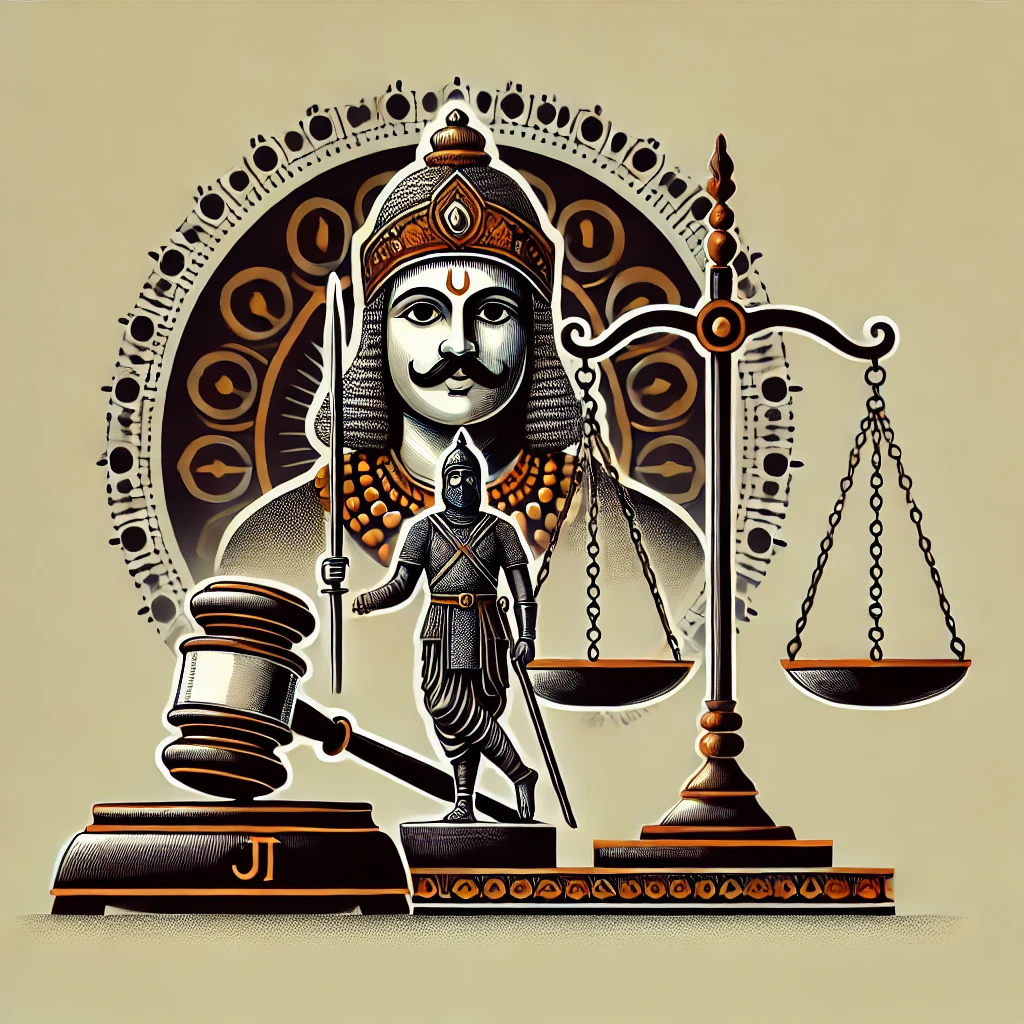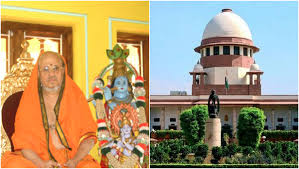T. Rajamoni S/o. Thason (D) through LRs. vs. The Manager, Oriental Insurance Company Ltd.
Citation: 2025 INSC 107; Civil Appeal Nos. 20702-03 of 2021
Bench: Justice S.V.N. Bhatti
Background
The case arose from a motor accident on October 10, 2011, involving T. Rajamoni, a mason, and his wife, who were struck by a vehicle insured by Oriental Insurance Company Ltd. Rajamoni suffered severe head and clavicle injuries, resulting in long-term disabilities such as memory loss and defective speech. The Motor Accident Claims Tribunal (MACT) awarded compensation based on a daily wage of ₹450 and a 70% disability, applying a multiplier method. The insurer appealed, arguing the calculation was excessive, while the claimant sought enhanced compensation. The Madurai Bench of the Madras High Court reduced the award, applying a lump-sum rate of ₹3,000 per percentage of disability, but did not use the multiplier method. After Rajamoni’s death in 2024, his legal representatives continued the appeal before the Supreme Court.
Key Legal Issues
How should compensation for loss of income be calculated for a self-employed person with permanent disability due to a motor accident?
Should the multiplier method or a lump-sum per-percentage approach be used for future loss of earnings?
Was the claimant prejudiced by lack of legal representation before the High Court?
Supreme Court’s Analysis
The Court noted that the High Court disposed of the appeal without proper representation for Rajamoni, as his counsel had withdrawn. This procedural lapse warranted consideration but, given Rajamoni’s subsequent death, the Court opted to decide the matter on merits rather than remit it for rehearing.
The Court recognized that Rajamoni’s injuries were severe and permanent, making it unrealistic to expect him to resume work as a mason. The Tribunal’s finding that he earned ₹450 per day was accepted, but the Court found the High Court’s lump-sum approach (₹3,000 per percentage of disability) unsustainable, as it lacked evidentiary basis and did not account for the real impact on employability.
Citing National Insurance Co. Ltd. v. Pranay Sethi and New India Assurance Co. Ltd. v. Urmila Shukla, the Court reaffirmed the use of the multiplier method for consistent and fair compensation in cases of permanent disability.
The Court recalculated the compensation, awarding a total of ₹12,09,017 with 7.5% interest per annum from the claim petition date until payment, giving credit for any amount already paid.
Decision
The Supreme Court partly allowed the appeal, enhancing the compensation to ₹12,09,017 with interest at 7.5% per annum, and confirmed that the sum already paid should be deducted from this amount. The judgment clarified that the employability of a person with serious head injuries must be a central factor in determining loss of income, and that the multiplier method remains the preferred approach for such calculations.
Significance
This decision reinforces the principle that compensation for accident victims with permanent disability should be calculated using the multiplier method, ensuring fairness and consistency. The Court also highlighted the need for due process and proper legal representation in appellate proceedings, and recognized the real-world impact of serious injuries on the ability to earn a livelihood.






























0 comments